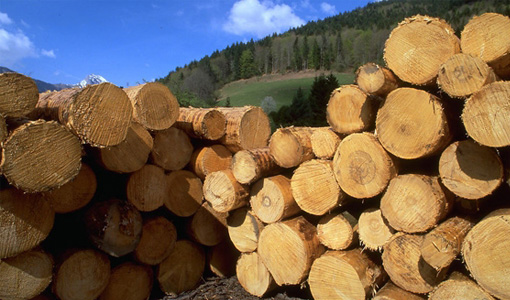Designed in Asia and made in Asia with American Hardwoods
Designing with wood is a centuries-old tradition for furniture and many buildings in Asia, where wood has been the material of choice. Consider the ancient temples of Japan, for example, or timber houses from India to Indonesia.

(Editor: Leona)
Designing with wood is a centuries-old tradition for furniture and many buildings in Asia, where wood has been the material of choice. Consider the ancient temples of Japan, for example, or timber houses from India to Indonesia. In today’s society however, architects and designers are turning more to trust wood to perform in new projects as a modern and sustainable material – and there is a clear link between design and performance, when a suitable species is selected.
Throughout Southeast Asia, including Vietnam, many modern furniture manufacturers have long relied on western designs provided by overseas buyers, or been inspired by western markets. But since the global recession and downturn in construction, the demand for furniture from the west has reduced and by contrast Asian domestic markets have grown. This has provided opportunities for talented Asian designers to focus on furniture for Asian markets and interiors for the booming hotel and growing residential sectors.

"TRI" by Lui Hon Fay,
Best American Hardwood Award and
the Honourable Mention Award FDA 2008.
It is becoming clear that Asian designers are taking their rightful place in the creative chain that converts wood to fine furniture and buildings of value, with minimal impact on the environment. There is a strong environmental case for using wood as a design material for, compared to other materials, wood produced in a sustainable manner is an extraordinarily friendly material. Over its full life cycle (cradle to grave), wood is estimated to release up to 47% less air pollution; up to 23% less solid waste and requires up to 57% less energy to produce than other materials. Unlike other products, wood in construction and furniture stores carbon, the principal contributor to greenhouse gases.

"Solo Chair" by Vincent
Chia, Design Director of Air
Division, SFIC member
American hardwoods offer great choice in a variety of textures, colours, grains and character; from the warm, darker tones of black walnut, red alder, elm, cherry and red oak to the lighter hues of white oak, hard maple and ash. By using American hardwoods, designers are assured that they are minimising their impact on the environment throughout all the stages of the product life cycle, from extraction, through processing, use, reuse and final disposal. By embracing these species, designers are not simply responding to a new fashion. Nor are they only seeking to minimise the direct impact of their own creations on the environment. They are promoting desirable visions that compel people to want to live sustainably and in style.
The price of furniture is always important and this material competes well around the world – to the tune of about US$2 billion in exports. Quality of furniture is also an influential factor for most buyers and nobody would dispute the quality that can be achieved with American hardwoods. So unless price and quality are the only factors, which may be true of some market sectors, then good and appealing design is the final element. The American Hardwood Export Council has taken notice of a trend in Asian design by Asian manufactures; so at the end of 2014 launched its own exhibition of furniture ‘designed in Asia and made in Asia with American hardwood’ in recognition of the increasing importance of Asian domestic markets.





 沪公网安备31010402003309号
沪公网安备31010402003309号



